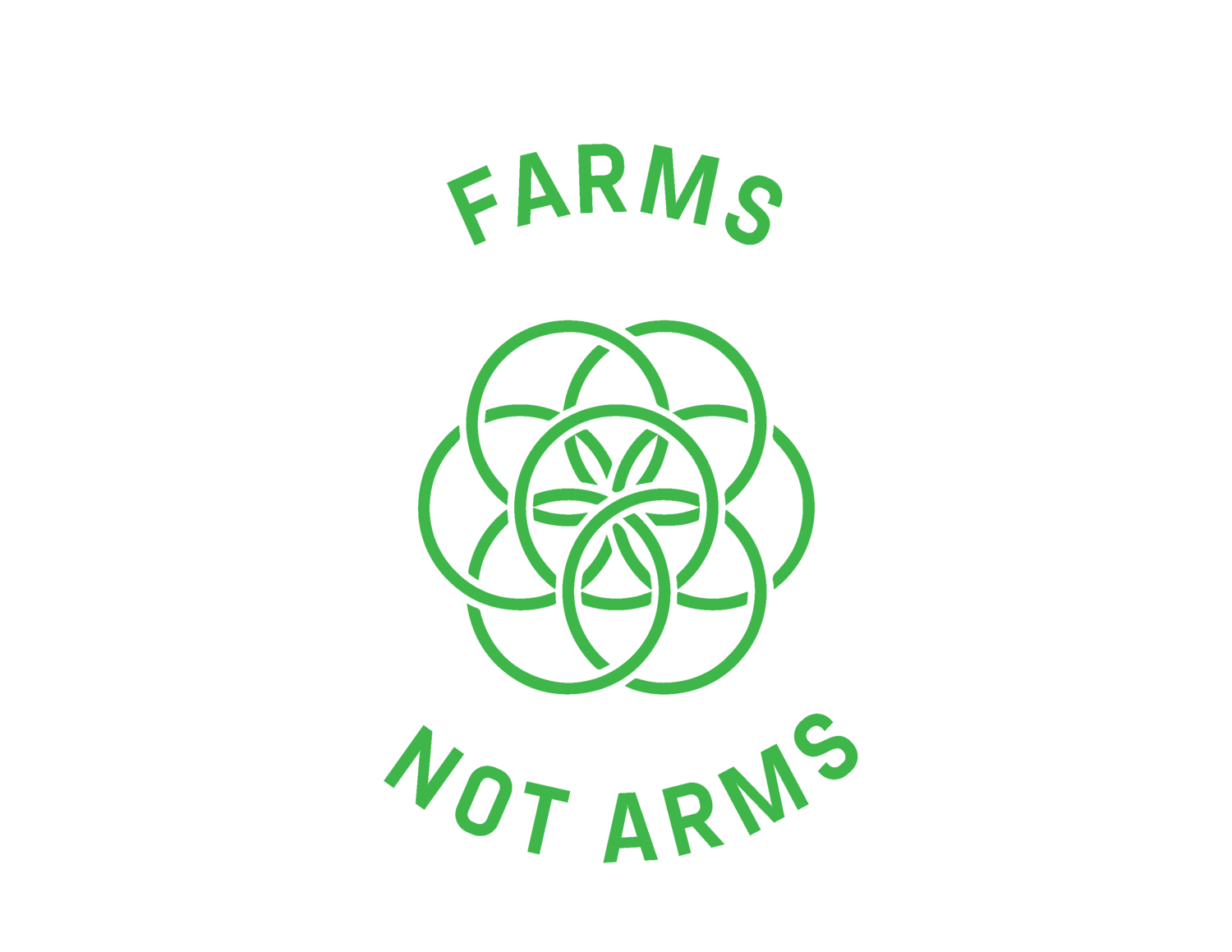Refugees in Lebanon
Lebanon, a country with a population of 4.5 million people, is home to approximately 2 million refugees, mostly Syrian and Palestinian, making it the country with the highest percentage of refugees per capita in the world.
Lebanon started accepting Syrian refugees at the onset of the Syrian civil war in 2011 and had an open-border policy up until January 2015.[1] At that point, the country had over 1.445 million Syrian refugees, according to UNHCR, yet had no clear strategy on how to deal with that influx.
Despite Lebanon’s high number of refugees, the Lebanese government firmly states that Lebanon is not a country of repatriation, and vehemently forbids the establishment of formal camps. Today, most Syrians in Lebanon who live in camps are in informal tented settlements.
Refugees are also not allowed to legally work in Lebanon, except for agriculture, construction, and menial home-based work. They tend to depend on the informal sector for casual and irregular unskilled labor and get paid low wages. It is worth noting that the situations of all Syrian refugees in Lebanon is not uniform. Some have actually been able to drastically improve their living standards and are even able to save whereas others still struggle with their daily food provisions.
Refugees in the Bekaa
Within the country, the highest concentration of Syrian refugees is in the border region of Bekaa (Western Lebanon). The Bekaa is Lebanon’s agricultural heartland and is home to an estimated 1 million Syrian refugees.
Even before their civil war, around 500,000 Syrians used to come to Lebanon to work as seasonal agricultural workers in the summer and had relationships with Lebanese farmers and landowners. When their civil war broke out, they settled long-term and brought their families. They received extensive help from Lebanese civil society especially with housing, given the government’s harsh stance towards refugees.
Syrian refugees in the Bekaa have little to no formal education. A third of refugees in Lebanon are illiterate and only 3% of them have attended university. As a result, many refugees—especially young women—start working in agriculture for really low wages at around age 12 or earlier until they are married off by their families. Some refugees travel for an hour or more each day to reach the farm they work on.
“If you don’t know how to farm, you are not Syrian.”
Most Syrian refugees in the Bekaa came with some level of farming skills, as the majority comes from predominantly rural agrarian regions of Syria. Paradoxically, Syrian refugees play an instrumental role in Lebanon’s agricultural production, yet they struggle to afford food for their families, often resorting to the lowest quality.
A lot of the refugees we are working with reside in Zahle, a Christian town in the Bekaa currently hosting around 200,000 to 240,000 refugees. There are around 110 informal tented settlements in the Zahle area we are working in and each one of them has around 700 to over 1000 refugees.
[1] Despite border closures, it is still relatively easy for Syrians to enter Lebanon and a lot of Syrian refugees tend to go back and forth between the two countries. They encounter more danger from the Syrian army as they leave than the Lebanese one when they enter.

